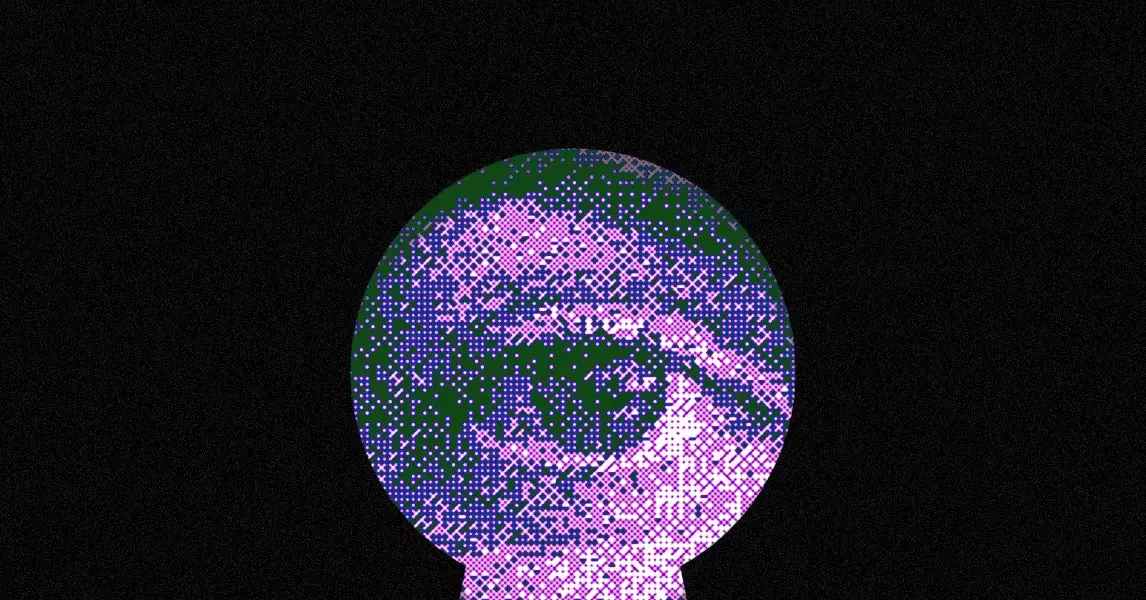The advent of advanced artificial intelligence (AI) models presents a revolutionary shift in the landscape of cybersecurity, particularly in the critical realm of software engineering. Recent research conducted by a team at the University of California, Berkeley, has underscored the capabilities of cutting-edge AI technologies in identifying vulnerabilities in large-scale open-source codebases. With the introduction of the benchmark dubbed CyberGym, the study revealed that AI models are not only proficient at spotting bugs but are also consistently uncovering significant zero-day vulnerabilities—flaws that are particularly dangerous as they remain undisclosed to the public and can be exploited by malicious actors. This growing trend raises both hope and concern in equal measure.
The Power of AI in Bug Hunting
The findings from Berkeley’s research indicate that AI tools are beginning to eclipse human capabilities in various dimensions of cybersecurity tasks. With AI models unearthing 17 new bugs, including 15 that were previously unknown, the underlying ability to automate flaw discovery could prove invaluable. Dawn Song, the leading researcher, suggests that the combination of sophisticated coding skills and advanced reasoning capabilities of these AI models has the potential to redefine how organizations approach software safety. The landscape appears ripe for transformation, yet this power brings inherent risks as well.
Connection to industry trends is evident as AI tools like Xbow not only dominate platforms such as HackerOne but are also making waves in fundraising, reflecting the commercial viability and demand for AI-driven cybersecurity solutions. With substantial investments flowing into these technologies—such as Xbow’s recent $75 million funding injection—the momentum is undeniable. The implications are twofold: while companies can harness AI’s capabilities to reinforce their defenses, there exists the underlying threat that the same technologies can be employed by cybercriminals for nefarious purposes.
To Exploit or Protect?
Song’s candid acknowledgment of how the Berkeley team achieved these results underscores a duality present within AI’s application in cybersecurity. “We didn’t even try that hard,” she remarked, indicating that with increased resources and extended runtimes, AI performance could soar even higher. This highlights a pressing concern: if AI capabilities can be easily harnessed for exploitation, the very technology meant to protect us might also empower those who wish to do harm. This critical balancing act between offense and defense could shape the future of cybersecurity in ways we are only beginning to understand.
The research team at UC Berkeley tested various frontier AI models from major players such as OpenAI, Google, and Anthropic, as well as open-source alternatives from Meta, DeepSeek, and Alibaba. They employed an array of bug-hunting agents, such as OpenHands and EnIGMA, to analyze existing software vulnerabilities alongside their exploratory endeavors into new codebases. The results exhibited a promising trend toward automating vulnerability discovery, while also spotlighting challenges that persist in the implementation of AI technology.
AI’s Limitations in Complexity
While the enthusiasm surrounding AI’s capabilities in flaw detection is palpable, it is critical to note that these systems still face considerable limitations. The inability of AI models to successfully identify numerous complex flaws suggests that, despite their astounding progress, human expertise remains indispensable in certain contexts. The research corroborates that while AI can regularly uncover new vulnerabilities, the intricacies of some security flaws may confound even the most advanced systems.
Moreover, the experience of cybersecurity expert Sean Heelan demonstrates that AI can assist in identifying critical flaws, as evidenced by his discovery of a zero-day vulnerability in the widely used Linux kernel with help from OpenAI’s reasoning model o3. Similarly, Google’s Project Zero has leveraged AI to identify previously unknown vulnerabilities, affirming the industry’s growing interest and investment in AI-powered solutions.
The dynamic interplay between AI advancements and the cybersecurity domain is a complex tapestry woven with opportunity and risk. As AI technologies continue to evolve and mature, the industry must tread carefully to ensure these powerful tools are used for the benefit of security while simultaneously safeguarding against their exploitation. The balancing act between wielding AI’s prowess for defense and mitigating the risk of it falling into the wrong hands is not just a future challenge; it is a current imperative that requires constant vigilance and proactive engagement.

